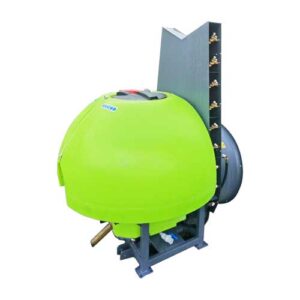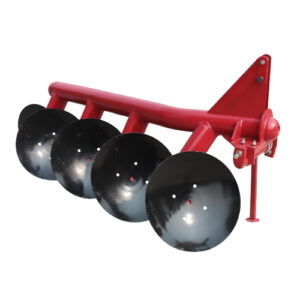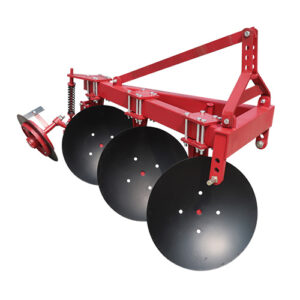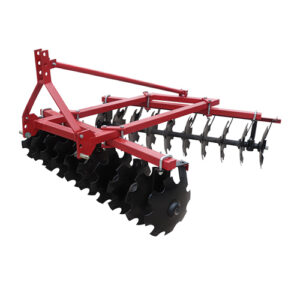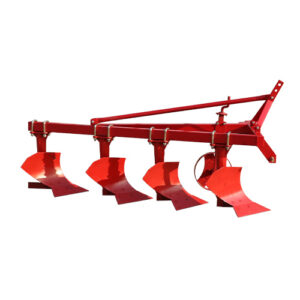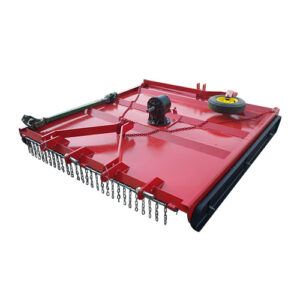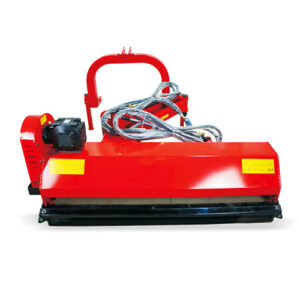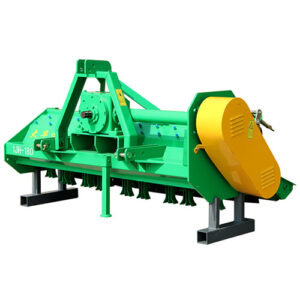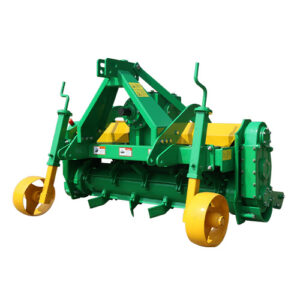Introduction
Choosing the best disc harrow discs for your agricultural needs is a critical decision that impacts soil preparation, crop yield, and overall farming efficiency. With numerous options available, understanding the factors that affect the performance and durability of disc harrow discs is essential. This guide aims to provide comprehensive information to help you select the ideal disc harrow discs, ensuring your investment leads to optimal farming results.
Understanding Disc Harrow Discs
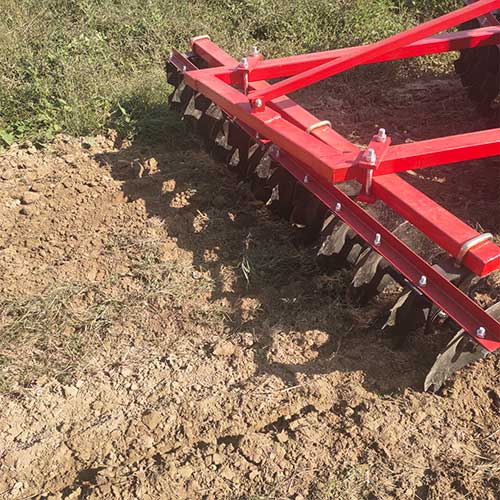
What Are Disc Harrow Discs?
Disc harrow discs are concave metal blades mounted on a disc harrow, used for tilling soil, breaking up clods, and incorporating crop residues. These discs play a vital role in preparing the seedbed by cutting into the soil, turning it over, and creating an even surface for planting.
Importance of High-Quality Disc Harrow Discs
High-quality disc harrow discs enhance soil penetration, reduce wear and tear, and minimize maintenance costs. They ensure efficient soil preparation, which is crucial for maximizing crop yield and overall farming productivity.
Key Factors to Consider When Choosing Disc Harrow Discs
Material of Disc Harrow Discs
The material of the discs significantly impacts their durability and performance. The two most common materials are:
- High-Carbon Steel: Known for its hardness and wear resistance, high-carbon steel discs are ideal for heavy-duty applications and tough soil conditions.
- Boron Steel: Boron steel discs are treated to increase hardness and strength, offering excellent durability for demanding agricultural tasks.
Choosing the right material depends on the type of soil and the intensity of use. High-carbon steel is typically more affordable, while boron steel provides superior performance in challenging conditions.
Size and Shape of Disc Harrow Discs
The size and shape of the discs affect their ability to penetrate and till the soil:
- Disc Size: Larger discs (18-24 inches) are suitable for deep tillage, while smaller discs (12-18 inches) are better for shallow soil preparation.
- Disc Shape: Discs can be smooth, notched, or scalloped. Notched and scalloped discs are more effective at cutting through heavy residue and hard soil, while smooth discs are better for lighter soil conditions.
Concavity and Thickness
The concavity and thickness of the discs influence their performance:
- Concavity: More concave discs provide better soil penetration and are effective for breaking up hard soil and incorporating residues.
- Thickness: Thicker discs offer increased durability and wear resistance, essential for heavy-duty applications.
Compatibility with Equipment
Ensure the disc harrow discs are compatible with your existing equipment. Check the specifications of your disc harrow and select discs that match the required size, shape, and mounting hole configuration.
Cost and Value for Money
While high-quality discs may have a higher upfront cost, they often provide better value for money by reducing maintenance and replacement frequency. Consider the long-term benefits and invest in durable discs that meet your specific agricultural needs.
Comparison Table of Common Tractor Attachments
Here’s a comparison table of common tractor attachments, highlighting their key features and specifications:
| Feature/Attachment | Front-End Loader | Backhoe | Rotary Tiller | Post Hole Digger | Box Blade |
|---|---|---|---|---|---|
| Primary Use | Lifting and transporting | Digging trenches and holes | Soil preparation | Drilling holes for posts | Leveling and grading |
| Weight Capacity | 1,500 – 2,000 lbs | 500 – 1,000 lbs | N/A | 200 – 500 lbs | N/A |
| Width | 60 – 84 inches | 12 – 24 inches (bucket) | 48 – 72 inches | 6 – 12 inches (auger) | 48 – 84 inches |
| Depth Capability | N/A | Up to 8 feet | 6 – 8 inches | Up to 4 feet | N/A |
| Power Requirement | 20 – 70 HP | 25 – 60 HP | 20 – 60 HP | 15 – 50 HP | 15 – 50 HP |
| Hydraulic Requirement | Yes | Yes | No | No | No |
| Price Range | $3,000 – $7,000 | $4,000 – $9,000 | $1,500 – $3,500 | $500 – $1,500 | $800 – $2,000 |
| Durability | High | Very High | High | Medium | High |
| Maintenance | Moderate | High | Low | Low | Low |
| Ease of Attachment | Moderate | Difficult | Easy | Easy | Easy |
| Warranty | 2 – 3 Years | 1 – 2 Years | 1 – 2 Years | 1 – 2 Years | 1 – 2 Years |
This table provides a comparative overview of common tractor attachments, highlighting their key features and specifications to help in making an informed decision based on specific agricultural needs.
How to Maintain Disc Harrow Discs
Regular Inspection
Regularly inspect your disc harrow discs for wear and damage. Look for signs of cracks, bending, or excessive wear that could affect their performance.
Cleaning
Clean the discs after each use to remove soil and debris. This helps prevent rust and ensures the discs maintain their effectiveness.
Lubrication
Lubricate the moving parts of the disc harrow to prevent rust and ensure smooth operation. Regular lubrication can extend the lifespan of your discs and improve performance.
Tightening Bolts and Connections
Check and tighten any loose bolts or connections. Loose components can cause misalignment and reduce the efficiency of the disc harrow.
Replacing Worn Discs
Replace worn or damaged discs promptly to maintain optimal soil preparation and avoid damage to your equipment.
Advanced Features to Consider
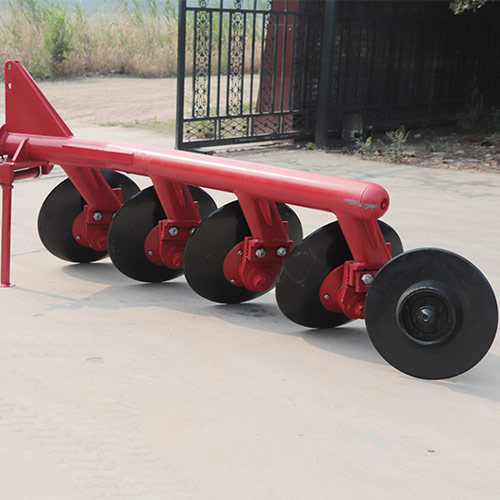
Heat Treatment
Heat-treated discs undergo a process that enhances their hardness and strength, making them more resistant to wear and damage. This can be particularly beneficial for working in abrasive soil conditions or for heavy-duty agricultural tasks.
Interchangeable Parts
Some disc harrow models come with interchangeable parts, allowing you to easily switch out discs and other components as needed. This can provide greater flexibility and extend the usability of your equipment.
Customization Options
Depending on your specific needs, some manufacturers offer customization options for disc harrow discs. This can include custom sizes, shapes, and materials tailored to your unique agricultural requirements.
Final Thoughts
Investing in the right disc harrow discs is essential for optimizing your soil preparation and achieving better crop yields. By considering the material, size, shape, concavity, thickness, and compatibility with your equipment, you can make an informed decision that meets your agricultural needs. Regular maintenance and understanding the advanced features available can further enhance the performance and longevity of your disc harrow discs, ensuring you get the best value for your investment.
Conclusion
Choosing the best disc harrow discs for your agricultural needs involves considering several factors, including material, size, shape, concavity, thickness, and compatibility with your equipment. By understanding these aspects and evaluating your specific requirements, you can select discs that enhance your soil preparation efficiency, improve crop yields, and offer long-term value for your investment.
FAQ
What are the benefits of using high-carbon steel discs?
High-carbon steel discs are known for their exceptional hardness and durability, which translates to better wear resistance and a longer lifespan. This makes them ideal for heavy-duty soil preparation tasks and tough soil conditions.
How often should I replace my disc harrow discs?
The frequency of replacement depends on various factors, including the type of soil, intensity of use, and the material of the discs. Generally, high-quality discs made from durable materials like boron steel or high-carbon steel can last several seasons before needing replacement. Regular inspection and maintenance can help extend their lifespan.
Can I use notched discs for all types of soil?
Notched discs are particularly effective for cutting through heavy residue and hard soil, making them suitable for tough conditions. However, they may not be necessary for lighter soil conditions where smooth discs can perform adequately. It’s essential to choose the disc shape based on the specific requirements of your soil and agricultural practices.
Are thicker discs always better?
Thicker discs offer increased durability and wear resistance, making them suitable for heavy-duty applications. However, the choice of thickness should also consider the type of soil and the specific tasks you need to perform. In some cases, thinner discs may be sufficient and more cost-effective for lighter soil conditions.
How do I maintain my disc harrow discs?
Regular maintenance is crucial for prolonging the life of your disc harrow discs. This includes:
- Inspecting discs for wear and damage after each use.
- Cleaning discs to remove soil and debris.
- Lubricating moving parts to prevent rust and ensure smooth operation.
- Tightening any loose bolts or connections.


